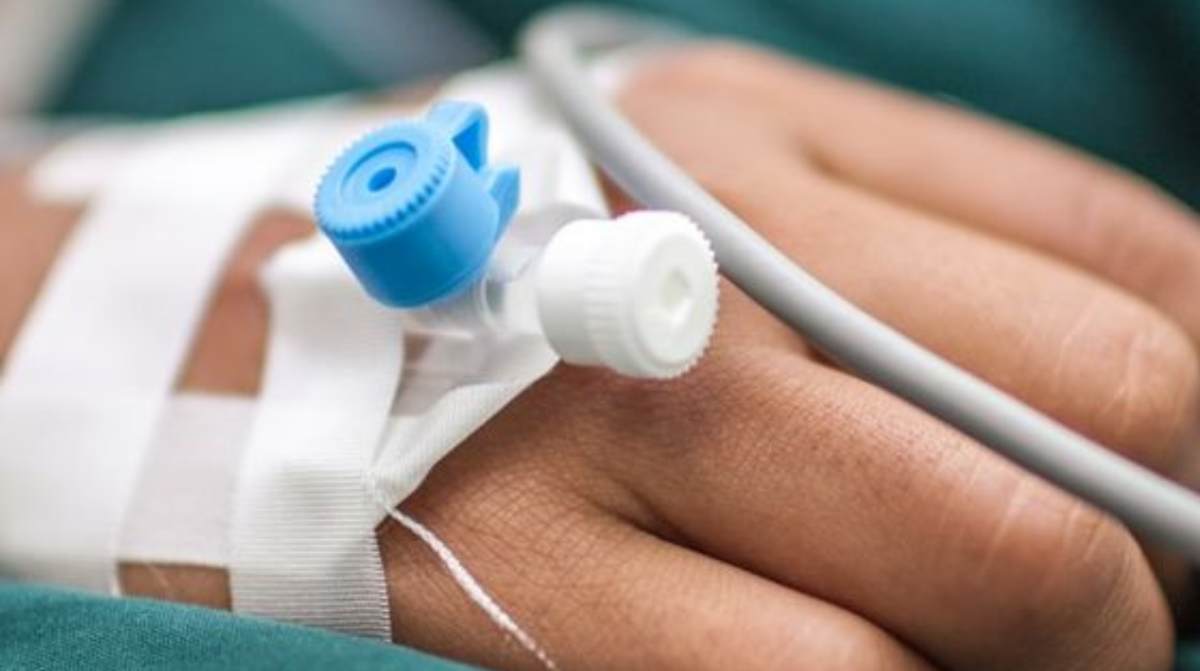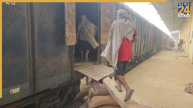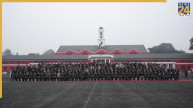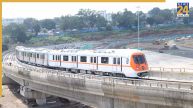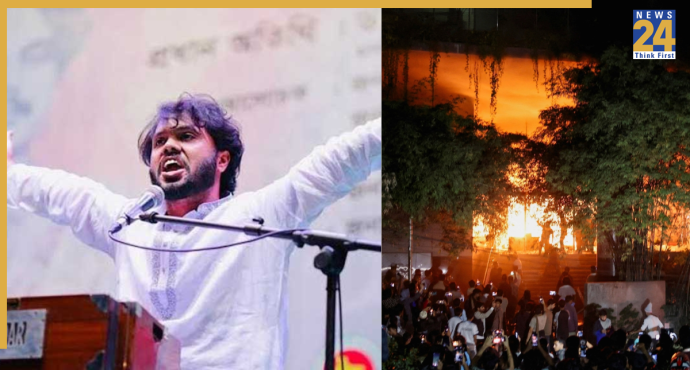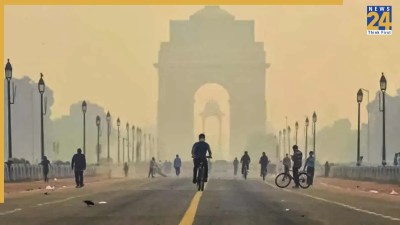The Pradhan Mantri Jan Arogya Yojana (PM-JAY), launched on September 23, 2018, in Ranchi by Prime Minister Narendra Modi has made significant strides in improving healthcare accessibility for vulnerable populations in India.
Since 2018, this scheme has provided Rs 1.1 Lakh crore worth of free healthcare benefits, helping over 79 million people. The PM-JAY scheme targeted 107 million poor households, which represent the bottom 40% of the Indian population.
This scheme is expected to decrease out-of-pocket healthcare costs that earlier pushed many families into poverty. Initially, at the launch of the initiative, about 62% of healthcare expenses were paid directly by individuals, a burden that put them at risk of financial instability.
Also Read: Lahore Tops World’s Most Polluted Cities List With AQI Soaring To 1900, Pakistan Blames India
Major States With Highest Number Of Beneficiaries
According to reports, states such as Tamil Nadu, Karnataka, Rajasthan, Kerala, Andhra Pradesh, and Gujarat have the highest number of beneficiaries.
Under the PM-JAY scheme, beneficiaries will be able to avail of nearly 2,000 procedures that include the following aspects – the cost associated with treatment, medicines, physician’s fees, diagnostic services, and charges related to rooms, OT, ICU, etc.
The top specialty care treatments include infectious diseases, general surgery & medicine, medical oncology, ophthalmology, and orthopedics.
The procedures availed by the beneficiaries are screening for Covid-19, multiple packages, hemodialysis, and acute febrile illness.
Issuance Of 355.40 Million Ayushman Cards
Eligible beneficiaries have received more than 355.40 million Ayushman Cards, thus allowing them to seek healthcare from over 30,672 empaneled public and private hospitals.
Addressing The ‘Missing Middle’
Acknowledging the burden of expensive medical treatment, the Parliamentary Standing Committee on Finance has suggested that PM-JAY be extended to the “missing middle” on a paid basis. The scheme recently included senior citizens above 70 years, without limitation of income.
A Niti Aayog report from October 2021 noted that 30% Indian population still lacks health coverage.
Also Read: Uttarakhand: Bus Falls Into Gorge In Almora; 23 Dead, 20 Injured

